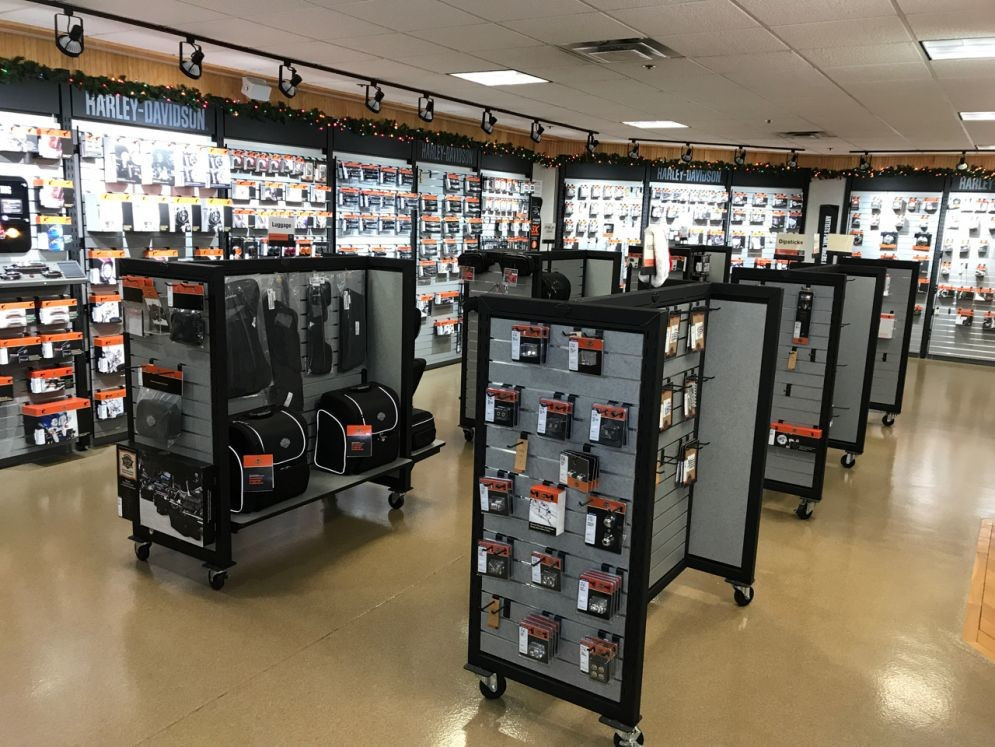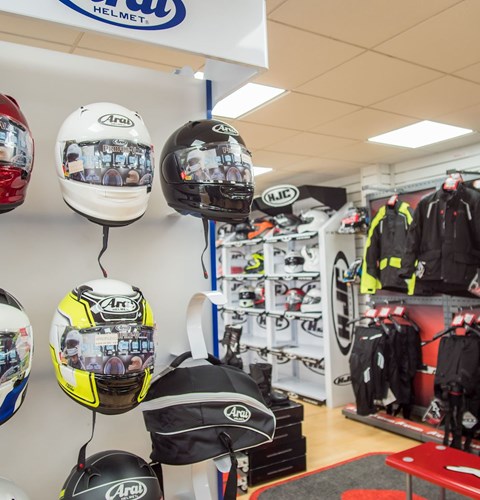Explore the most up to date Motocross Gear NZ for each Level of Rider
Explore the most up to date Motocross Gear NZ for each Level of Rider
Blog Article
Mastering Motorbike Gears: How to Maximize Your Riding Experience
In the world of motorcycling, mastering the art of gear manipulation is essential for improving your riding performance. Effectively understanding and using motorcycle equipments can dramatically affect fuel, velocity, and control efficiency, transforming an ordinary trip right into a seamless, exciting journey. By including specific shift timing and adjusting equipment selection to different roadway conditions, cyclists can ensure optimum engine performance and security. The subtleties of clutch control, throttle control, and gear auto mechanics bid a much deeper expedition, guaranteeing to unlock the full capacity of your device. Exactly how can these methods be used to truly maximize your riding experience?
Recognizing Gear Mechanics
How do the complexities of equipment technicians influence motorbike efficiency? At the core of bike dynamics, gear technicians play a critical duty in converting engine power into movement, ultimately determining speed and control. Gears, diligently crafted parts, allow cyclists to optimize torque and rate, making certain a smooth transition with various terrains and speeds. The gear ratios, meticulously designed, establish the relationship in between engine revolutions and wheel turns, influencing acceleration and fuel efficiency.
Understanding gear technicians starts with identifying the relevance of the gearbox, which houses multiple equipments of varying dimensions. These equipments communicate via a process known as meshing, where teeth of different equipments engage to send power.
In addition, the principle of gear changing is integral to making the most of efficiency. Prompt and smooth changes guarantee that the engine runs within its optimum power band, stopping unnecessary strain and boosting durability (mx gear nz). By understanding these mechanical ins and outs, cyclists can accomplish an unified mix of performance, control, and power, boosting their riding experience
Timing Your Changes
Change timing proficiency is vital for maximizing motorcycle efficiency and enhancing the riding experience. Appropriately timed shifts guarantee that the engine operates within its optimal power band, which is important for maintaining control, accomplishing smooth acceleration, and ensuring the longevity of the bike. Cyclists should develop an user-friendly sense of when to change equipments, which entails understanding the relationship in between engine changes per minute (RPM) and rate.
To master change timing, pay very close attention to the engine's noise and feel, as these supply important ideas concerning when to change gears. The optimal shift point typically takes place when the engine comes close to the top series of its power band without getting to the redline. Changing prematurely can lead to a lack of power, while moving too late may create unneeded engine pressure
In addition, road problems and riding design impact change timing. For circumstances, in city setups, smoother and a lot more frequent shifts may be needed to navigate website traffic effectively. On the other hand, during highway riding, less shifts at greater rates can be better. Exercising in varied environments will certainly improve your capacity to time changes precisely, eventually click site elevating your riding experience to a specialist level.
Enhancing Gas Performance
While mastering bike equipments is vital for performance, improving gas performance is equally essential for both environmental and financial reasons. Ideal fuel consumption not only lowers operational costs yet likewise lessens the environmental impact of riding. To attain this, one must understand the complex relationship in between gear selection and engine efficiency.
First of all, choosing the ideal equipment at suitable rates can dramatically affect fuel intake. Riding in a higher equipment at lower speeds can result in engine carrying, which is destructive to both fuel economy and engine health. On the other informative post hand, riding in lower equipments at broadband leads to unneeded fuel usage. Therefore, preserving an optimum equilibrium by changing equipments abreast with road conditions and expected maneuvers is necessary.
In addition, normal maintenance plays an essential function in gas effectiveness. Guaranteeing that the motorbike is well-tuned, with tidy air filters and effectively blew up tires, can improve aerodynamics and lower fuel wastage. Moreover, embracing a riding style that welcomes gradual velocity and smooth slowdown can contribute to far better gas economic situation.

Methods for Smooth Transitions
Attaining smooth gear transitions is fundamental to boosting the riding experience and making certain the longevity of a motorbike's transmission system. Appropriate equipment shifting not only adds to a seamless experience however also reduces deterioration on the mechanical elements. To master the art of smooth shifts, bikers have to focus on a couple of crucial strategies.

Secondly, clutch control plays an essential duty. Involving and disengaging the clutch efficiently needs technique. The clutch lever must be released progressively, enabling a seamless transfer of power from the engine to the wheels without triggering a shock or sudden activity.

Adjusting to Road Problems
Browsing varied roadway conditions is an important ability for any motorcyclist intending to maintain control and security. Whether you're riding on wet surfaces, gravel roadways, or browsing sharp turns, your capability to adjust your gear usage and riding strategy is paramount. Comprehending how to readjust your equipments properly can significantly impact grip and stability, making sure a more secure trip.
In comparison, when riding on crushed rock or irregular terrain, lower gears are preferable. Lower gears supply better control and permit you to respond more quickly to unforeseen changes in the road surface area.
Sharp curves demand precise equipment monitoring to stabilize speed and control. Downshifting before getting in a curve can assist keep momentum while making certain the motorbike continues to be secure throughout the turn. Consistent practice in varied problems improves your ability to predict and react to modifications in roadway structure and incline.
Final Thought
Mastering motorbike equipments significantly enhances the riding experience by boosting gas, control, and acceleration performance. Adapting gear selection to various roadway conditions, such as making use of greater gears on damp surfaces and lower gears on crushed rock, further enhances handling and safety and security.
Recognizing equipment auto mechanics begins with recognizing the importance of the gearbox, which houses multiple gears of differing sizes. These gears connect via a process understood as meshing, where teeth of different equipments engage to transfer power (motocross gear). Gentle modifications to the throttle during gear shifts can protect against jerky motions and preserve a consistent riding rate
Whether you're riding on damp surfaces, crushed rock roadways, or navigating sharp turns, your ability to adapt your gear use and riding strategy is paramount. Adjusting gear choice to different road problems, such as making use of greater equipments on wet surface areas and lower gears on gravel, additional enhances handling and safety.
Report this page